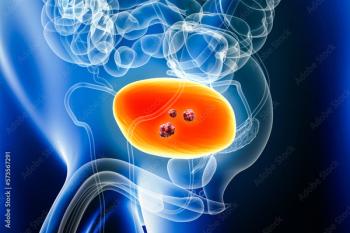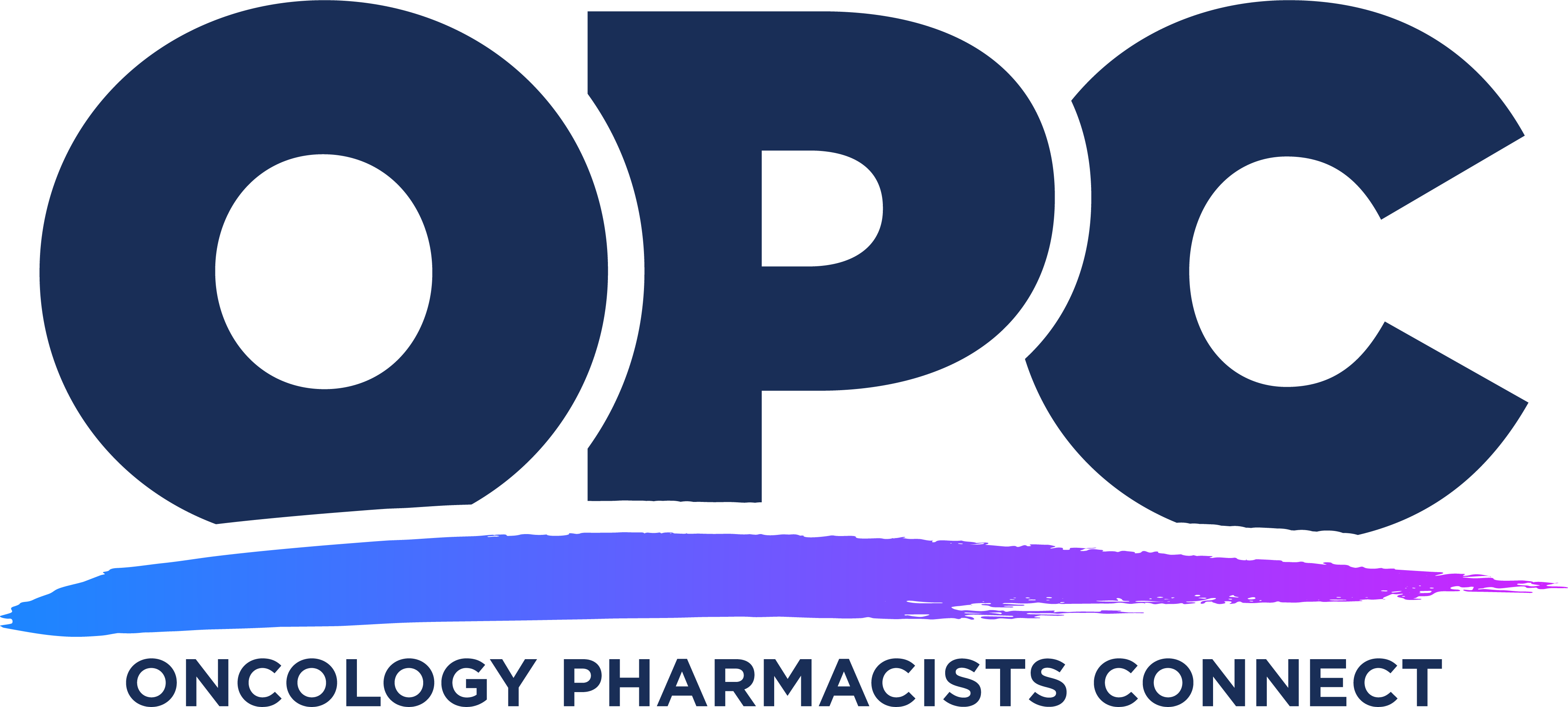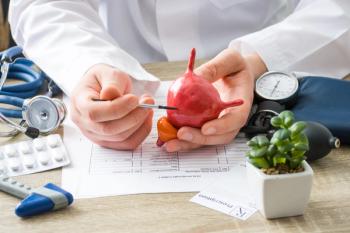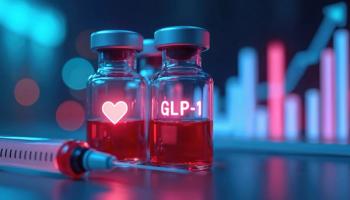
From Trial to Practice in the Evolving Landscape of Hematologic Malignancies

Tim Mok, PharmD, BCOP, BCPS, discusses emerging advancements in treatment of leukemia and lymphoma.
In an interview with Pharmacy Times® at the 2025 Oncology Pharmacists Connect (OPC) meeting in Austin, Tim Mok, PharmD, BCOP, BCPS, hematology/oncology pharmacy research analyst and assistant clinical professor at UCSF School of Pharmacy, discussed key trial data and emphasized the importance of aligning clinical trial outcomes with real-world patient populations
Pharmacy Times: Can you share what you presented at the 2025 OPC meeting?
Tim Mok, PharmD, BCOP, BCPS: Our panel was about leukemia and lymphoma, and there are exciting abstracts that came out, both at EHA and also at ASCO. We spoke about the long-term data with CALGB-10403 (NCT00558519) in the ALL [acute lymphoblastic leukemia] population. We also talked about how adding blinatumomab (Blincyto; Amgen Inc) was a really big advantage from the ECOG-1910 study (NCT02003222).1,2
Then we looped back to CLL [chronic lymphocytic leukemia], a more chronic type of lymphoblastic leukemia. Here, we looked at fixed-duration treatment with ibrutinib (Imbruvica; Janssen Biotech, Inc) plus venetoclax (Venclexta; AbbVie Inc) in the UK FLAIR study (ISRCTN01844152). Then we started talking about some lymphomas—follicular lymphoma specifically—with odronextamab (Ordspono; Regeneron Pharmaceuticals). A lot of these were new and exciting. A lot of these actually challenged the current paradigm of treatments that we have today.3
When we were discussing, we talked about the impact of each of these abstracts and whether or not they will have a big influence on our practice.
Pharmacy Times: How would you describe the most significant shifts in the treatment landscape for leukemia and lymphoma over the past 5 years?
Mok: I think there are some things that validated what we were already doing. In the CALGB-10403 study, we saw the 10-year follow-up data, and while it was great overall, there were still some questions to ask, like how do we further benefit this type of population? Discussing ECOG-1910, adding blinatumomab really helped the cure rates for our patients. That gave us more confidence that we can likely apply all the data we know to the gap in care right now in ALL, which is the AYA, the adolescent and young adult population.
For ALL specifically, I think we have a good pathway forward in being able to use blinatumomab to help this entire patient population, from when you're one all the way to elderly populations.
Pharmacy Times: How are community oncologists managing the complexity of these evolving regimens, especially in resource-limited settings?
Mok: I think we really have to think about what these new abstracts and new technologies are really giving us. Some of these abstracts are early in their follow-up. They do present novel therapy options and novel combinations, but that doesn't necessarily mean that they're going to lead to the outcomes we're looking for—longer-term outcomes.
If we are in a more resource-strapped situation, we have to go back and really think about the core of the study and the core medications being used. Is this patient going to live better? Is this patient going to live longer? If we can't answer those questions, then maybe we should wait a little bit longer before adopting any of these new medications.
I know people get excited about the newest options on the block, but the reality is that we are very resource-restricted. One patient may get that very expensive therapy, but that might mean it comes at the expense of another patient who may not have that financial backing to get treatment as well. We have to be more cognizant and careful. We need to consider cost-effectiveness and safety before applying any of these new treatments to our patients.
Pharmacy Times: What clinical trials or emerging research are you watching closely that could define the next era in treatment?
Mok: Right now, we have a lot of chemotherapy being used, but there are many more novel treatments being studied, especially in earlier lines of treatment. Bispecifics are moving up in the lymphoma space, and these newer therapies may have some synergistic effects with chemotherapy. If we can use these newer therapies, we might be able to reduce the amount of chemotherapy we use and avoid later-on secondary malignancies that come from chemo agents.
I’m excited for new CAR [chimeric antigen receptor] T therapies, new bispecifics, and new targeted therapies that can potentially cure patients up front so they don’t need therapy again at relapse.
Pharmacy Times: In your practice, how do you bridge the gap between clinical trial data and clinical practice?
Mok: We know that clinical trials have a very curated set of patients that may not reflect the real world. Whenever a trial is released, what I do is look back into our own patient population and see how much of it matches the trial—how closely the trial meets our patients. Then we can start predicting what kind of outcomes we might see in our network. If it looks great, we bring that to the providers, with our personal backup data, and say, “This would be a great option.”
Then we talk through the clinical data together with our providers so they fully understand both the limitations of the study and the benefits and what they can expect and communicate to their patients.
Because we take on this real-world approach, we’re better able to tailor the drugs and regimens we want to use to the outcomes we want to see. Then we can study those outcomes to see if we achieved them with the medications we used. We’re trying to create a pipeline from clinical trial to patient and then validate and verify the results on the back end.
Pharmacy Times: Can you share your experience at OPC 2025 and the significance of these meetings for pharmacists?
Mok: I love OPC. This is my first OPC, and it’s amazing. It’s a more intimate conference. It’s not as large as the Hematology/Oncology Pharmacy Association, so I get to meet people on more of a one-on-one basis and really speak about our experiences and share ideas.
What I also like is that we talk about more advanced topics. We're looking through the latest ASCO 2025 abstracts. We’re talking about EHA. These are topics you don’t necessarily get at other conferences, and you’re hearing first-person clinical experiences from key opinion leaders who practice in these areas every day.
What I also love is that there are different payer groups represented here, so we can have better collaboration and communication. And lastly, it’s a conference made by pharmacists for pharmacists. All of the topics are relevant to what we’re doing today and what we can implement in practice today—not just 3, 6, or 12 months from now.
REFERENCES
1. Combination chemotherapy in treating young patients with newly diagnosed acute lymphoblastic leukemia. Updated August 18, 2021. Accessed June 19, 2025. https://clinicaltrials.gov/study/NCT00558519
2. Combination chemotherapy with or without blinatumomab in treating patients with newly diagnosed BCR-ABL-negative B lineage acute lymphoblastic leukemia. Updated May 11, 2025. Accessed June 19, 2025. https://clinicaltrials.gov/study/NCT02003222
3. Front-line therapy in CLL: assessment of ibrutinib-containing regimes. Updated June 17, 2025. Accessed June 19, 2025. https://www.isrctn.com/ISRCTN01844152
Newsletter
Stay informed on drug updates, treatment guidelines, and pharmacy practice trends—subscribe to Pharmacy Times for weekly clinical insights.










































































































































































































